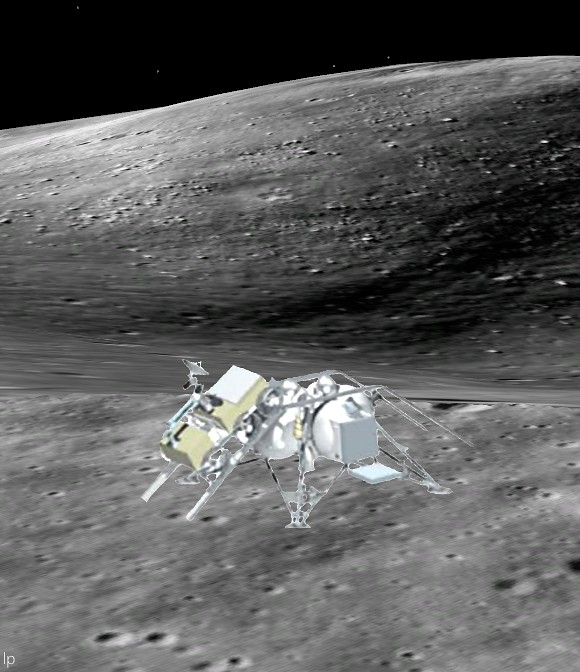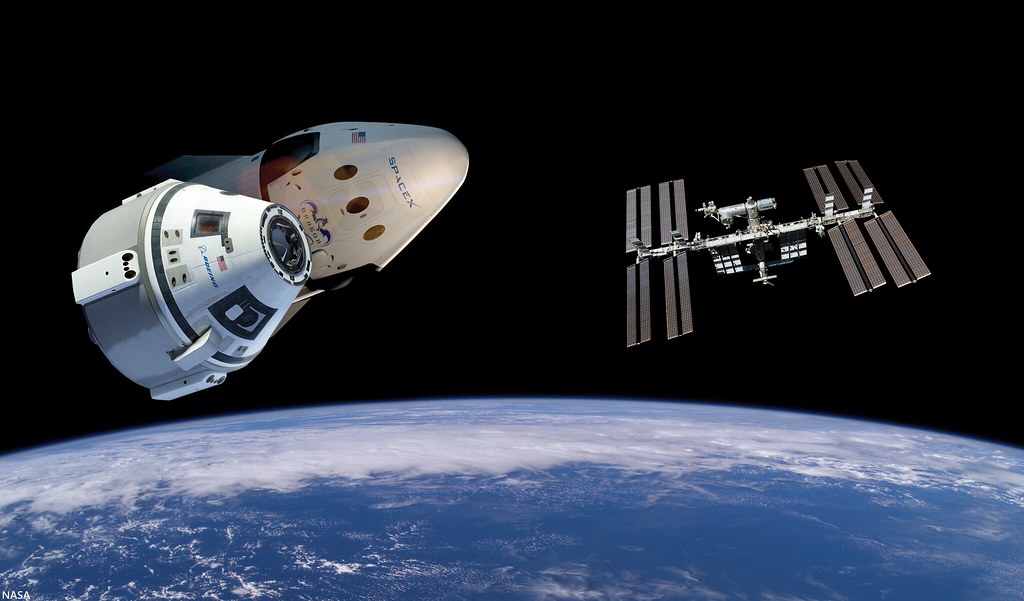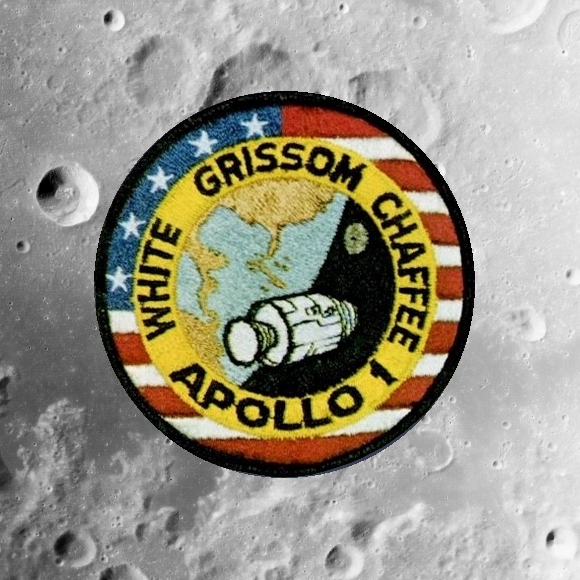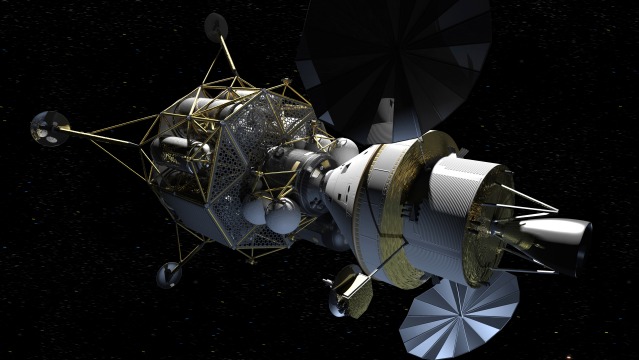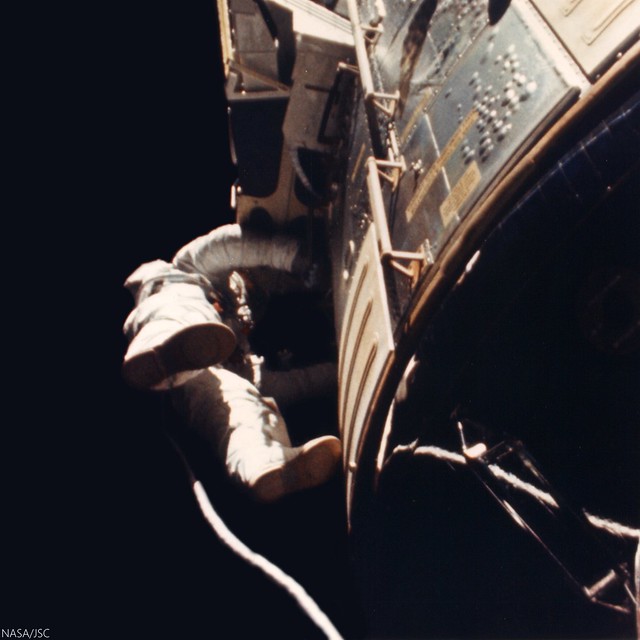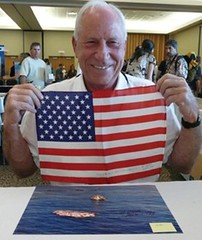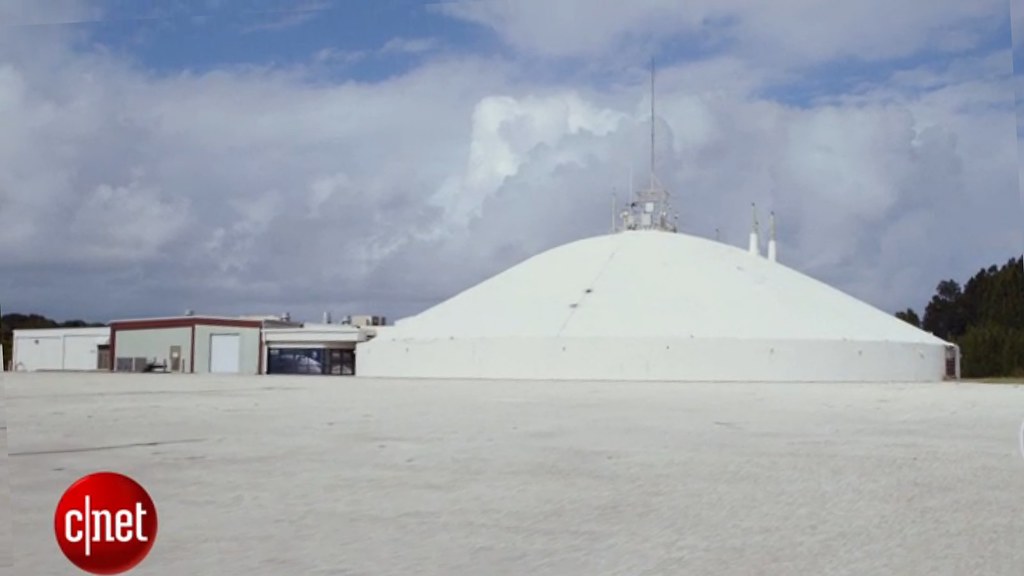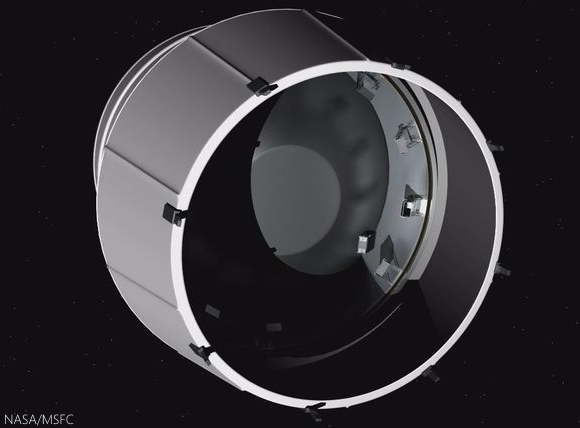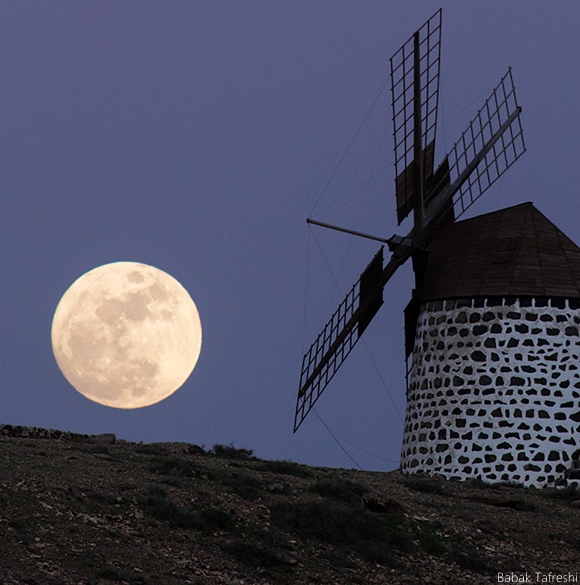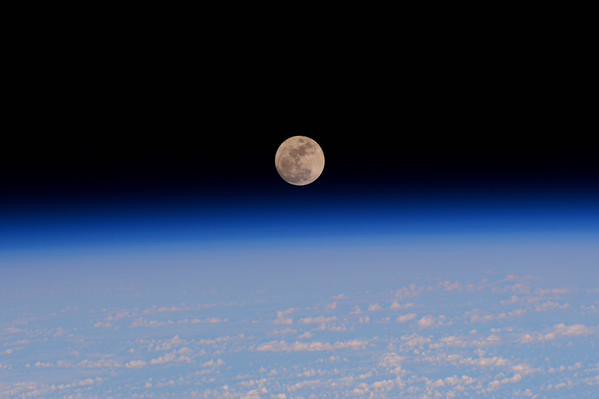 |
| Dr. B. Ray Hawke on the rim of Kilauea Caldera, Hawai'i Volcanoes National Park, 1984 [Paul Spudis]. |
Paul D. Spudis
Daily Planet
Smithsonian Air & Space
I was saddened this weekend by the not totally unexpected news that lunar scientist and good friend B. Ray Hawke of the University of Hawaii has passed away. Colleague and collaborator, I knew B. Ray as long as almost anyone in the business. We were graduate students together, early co-workers and good friends.
Daily Planet
Smithsonian Air & Space
I was saddened this weekend by the not totally unexpected news that lunar scientist and good friend B. Ray Hawke of the University of Hawaii has passed away. Colleague and collaborator, I knew B. Ray as long as almost anyone in the business. We were graduate students together, early co-workers and good friends.
Bernard Ray Hawke hailed from Upton, Kentucky, about 60 miles north of my birthplace, Bowling Green, Kentucky. We first met in 1976 as graduate students at Brown University. A returning Vietnam veteran who’d served as an Airborne Ranger, B. Ray was a kindred spirit who helped me deal with the cultural shock as an Arizona State University student who’d exchanged the grand vistas of my adopted Arizona for the claustrophobic confines of Ivy League New England. We became good friends, spending hours at his preferred office – the local coffee shop (the IHOP, which advertised a “bottomless” coffee pot, a descriptor that B. Ray took literally).
During our graduate years, we took to using ironically the honorific “Doctor” when speaking to each other (we were all pre-doctoral candidates), not only between ourselves but also when in the presence of others, a private joke that we continued throughout the years. This led to some amusing situations later, as our students expressed confusion when I would refer to B. Ray – a colleague but also a long-time personal friend – with the formal title of “Dr. Hawke” and he would address me as “Dr. Spudis.”
B. Ray’s scientific work focused very specifically on the Moon. As a Masters student at the University of Kentucky, he analyzed lunar regolith chemistry and used something called a “mixing model” to determine its geological affinities. In this technique, the composition of a soil is determined and that composition is modeled as a mixture of known components. Although seemingly an academic exercise, this approach could be a very powerful technique to decipher the geological history of the Apollo landing sites. Later, B. Ray and I would apply this same technique to chemical data returned by the orbiting Apollo spacecraft, giving us our first look at regional and global compositions. Combined with information about the geological setting of regions covered from orbit (such as the basin ejecta), such study would help us reconstruct the composition and makeup of the crust of the Moon.
B. Ray’s early work dealt with integrating lunar sample information with images and geological mapping, my own field of specialization. He and I spent many hours discussing some of the problems of this effort, and also the issue of overcoming considerable community skepticism about the approach. We worked to convince our colleagues that the future of lunar science lay in the melding of the broad disciplines of sample science and remote sensing – taking results from the study of samples, using it to inform the interpretation of remote sensing data, and then concocting a geological model that explains and encompasses all known facts. Although this approach is now a recognized way to conduct lunar science, careful reading of the early literature will show that most early post-Apollo work was highly sequestered by discipline, with little cross-fertilization of results and insights.
Because B. Ray and I found ourselves working on many of the same scientific problems after graduate school, we formed a partnership that lasted 40 years. One of our earliest efforts was an attempt to use impact basins as large-scale probes of the lunar crust. An early paper (1984) on the Orientale basin was the first to discover that massive blocks of pure anorthosite, an indigenous rock composed almost completely of plagioclase feldspar, make up the inner ring of that basin. In addition, we measured the composition of material thrown out from Orientale using chemical maps based on data from the orbiting Apollo spacecraft. These results indicated that the Orientale basin excavated only the upper portions of the lunar crust; new data from subsequent missions have confirmed these early results.
The study of telescopic spectra, involving very precise measurements of color at high resolution of very small spots on the Moon, became B. Ray’s specialty. These spectra would be taken of many carefully selected geological targets, a great improvement over the previous approach of targeting mostly by geographic region. He spent many hours at Hawaii’s Mauna Kea Observatory, diligently working to make certain that data for the correct spot on the Moon was being acquired. His spectra were collected to address many scientific problems, including basin rings, dark halo craters, lunar “red spots” (spectrally anomalous regions), impact melt deposits and the ejecta of large craters and basins. B. Ray brought to these studies his extensive background in image analysis and interpretation. He had made geological maps of portions of the Moon, which for the first time could be interpreted in terms of mineral and chemical content. These studies are critical to our understanding of the complex and protracted geological evolution of the lunar crust.
During his 35 year association with the University of Hawaii, B. Ray mentored and befriended many students and visiting scientists. I made an extended stay at UH early in 1980, and worked closely with B. Ray on using spectral interpretation to map the Apollo 16 landing site. B. Ray’s work habits were unorthodox to say the least, almost 180 degrees out of phase with normal working hours (I had to adjust to starting work at 9:00 pm and working until after breakfast). But for all that, I never saw anyone work so long and so hard when there was a problem to be solved. B. Ray was a great collaborator who very carefully reviewed each word in a paper, assuring that many errors and mistakes were corrected long before submittal. I could always count on a detailed and insightful review from him, even for papers for which he was not an author.
As he passes into the annals of history, the world of lunar science is a bit poorer without B. Ray Hawke. He was a productive scientist, a hard worker, a tireless advocate for lunar activities and a good and faithful friend. His legacy leaves us with a new way of looking at the Moon – an integrated approach involving studies of samples, remote sensing data, and images. His contributions to lunar science include work on impact melts, Apollo 14 site geology, dark halo craters and the extent of ancient volcanism, lunar non-mare volcanism (KREEP and red spots), and geochemical anomalies of the lunar crust – an extensive and impressive amount of work.
Thank you and rest easy, Dr. Hawke.
Published a short time ago at Smithsonian Air & Space, Daily Planet - Dr. Spudis is a senior staff scientist at the Lunar and Planetary Institute. The opinions expressed are those of the author but are better informed than average.
Published a short time ago at Smithsonian Air & Space, Daily Planet - Dr. Spudis is a senior staff scientist at the Lunar and Planetary Institute. The opinions expressed are those of the author but are better informed than average.

